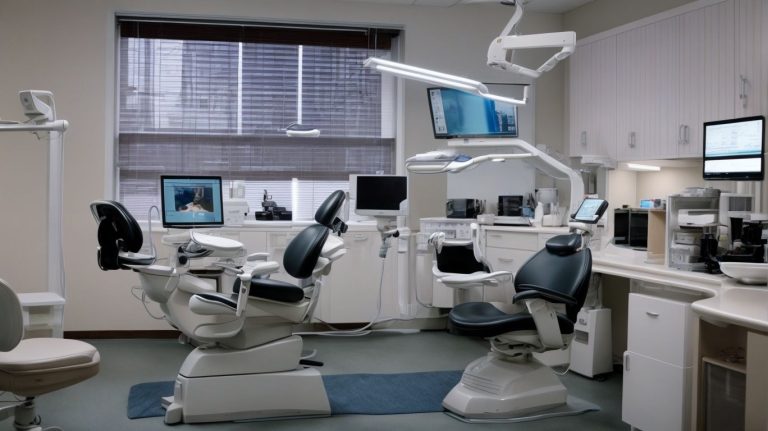Advancements in Dental Pain Management Horizon
The field of dentistry is continually evolving, with new technologies and methodologies enhancing patient care and comfort. One of the most significant areas of advancement is in the management of dental pain, a crucial aspect that can affect patient experience and the success of dental procedures. Innovative trends in dental analgesia and the development of next-generation anesthetics are transforming the way dental professionals approach pain management, promising a future where dental treatments can be performed with minimal discomfort. This article explores the cutting-edge advancements that are shaping the horizon of dental pain management.
Innovative Trends in Dental Analgesia
The pursuit of more effective and patient-friendly dental analgesia has led to the exploration of various innovative trends. One such trend is the use of computer-controlled delivery systems, which allow dentists to administer anesthetics with unprecedented precision. These systems can regulate the flow rate and volume of anesthetic, minimizing discomfort associated with injections and improving the onset of numbness. Additionally, there is an increasing focus on the development of topical anesthetics with enhanced efficacy, providing a non-invasive option for pain relief during the initial stages of treatment or for patients with needle phobias.
Another trend is the integration of virtual reality (VR) and augmented reality (AR) into dental practices. These technologies have been shown to distract and relax patients, thereby reducing perceived pain and anxiety during procedures. By immersing patients in a calming virtual environment, the need for sedatives may be reduced, and patient cooperation can be improved. Furthermore, research into alternative therapies such as acupuncture, hypnosis, and cognitive-behavioral strategies is gaining traction, offering complementary approaches to traditional pain management techniques.
The field is also witnessing a growing interest in personalized pain management protocols. By utilizing genetic profiling and patient-specific data, dentists can predict individual pain responses and tailor analgesic strategies accordingly. This personalized approach not only enhances patient comfort but also mitigates the risk of overmedication and potential side effects, heralding a new era of customized dental care.
Next-Gen Anesthetics Transforming Dentistry
The development of next-generation anesthetics is set to revolutionize the dental industry. These new compounds aim to provide longer-lasting effects, quicker onset times, and fewer side effects compared to traditional anesthetics. One area of research is the formulation of anesthetics that can selectively target specific pain receptors, thereby reducing the numbness of surrounding tissues and allowing patients to return to their normal activities more quickly post-treatment.
Innovations in drug delivery are also part of this transformative wave. The exploration of encapsulated anesthetics that can be released slowly over time offers the potential for prolonged pain relief without the need for additional injections. Moreover, researchers are investigating the use of nanoparticles to enhance the penetration and effectiveness of topical anesthetics, which could pave the way for needle-free dental procedures in the future.
The synergy between pharmacological advancements and technological innovations, such as smart syringes and feedback systems, is also noteworthy. These devices can monitor tissue resistance and adjust the injection pressure accordingly, reducing tissue trauma and patient discomfort. As these technologies continue to mature, the precision and safety of anesthetic administration in dentistry will reach new heights, making dental visits less daunting for patients.
The horizon of dental pain management is indeed bright, with innovative trends and next-generation anesthetics poised to redefine the patient experience. As research and technology continue to advance, the prospect of virtually pain-free dentistry becomes increasingly tangible. These developments not only promise to improve the quality of dental care but also aim to alleviate the anxiety and discomfort often associated with dental procedures. By embracing these advancements, dental professionals can look forward to delivering care that is as comfortable as it is effective, ensuring that patients have the most positive experience possible.



